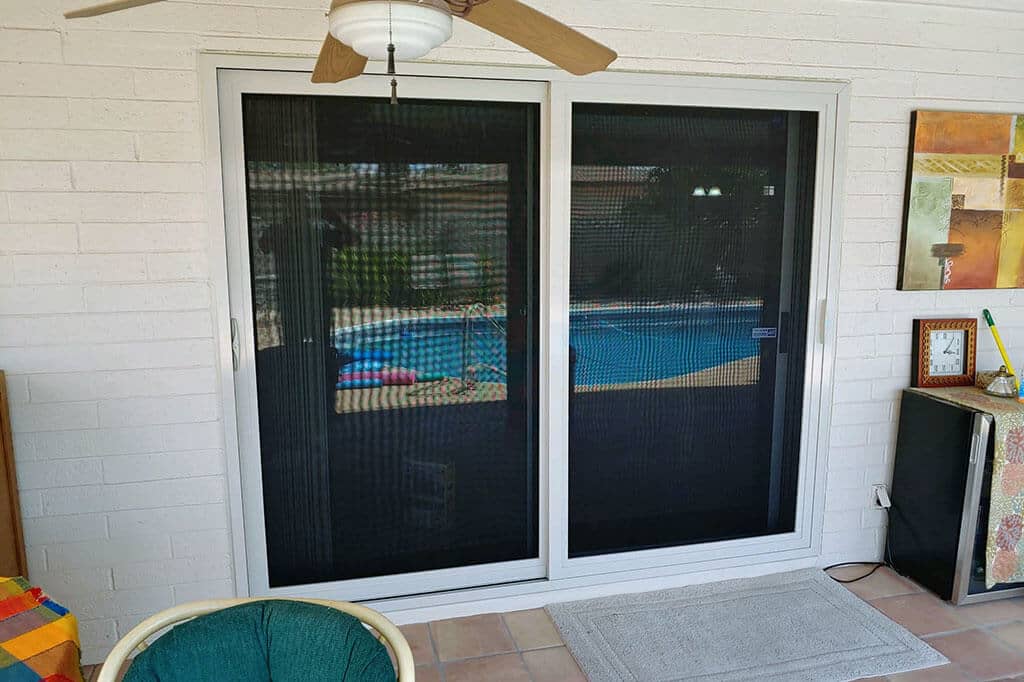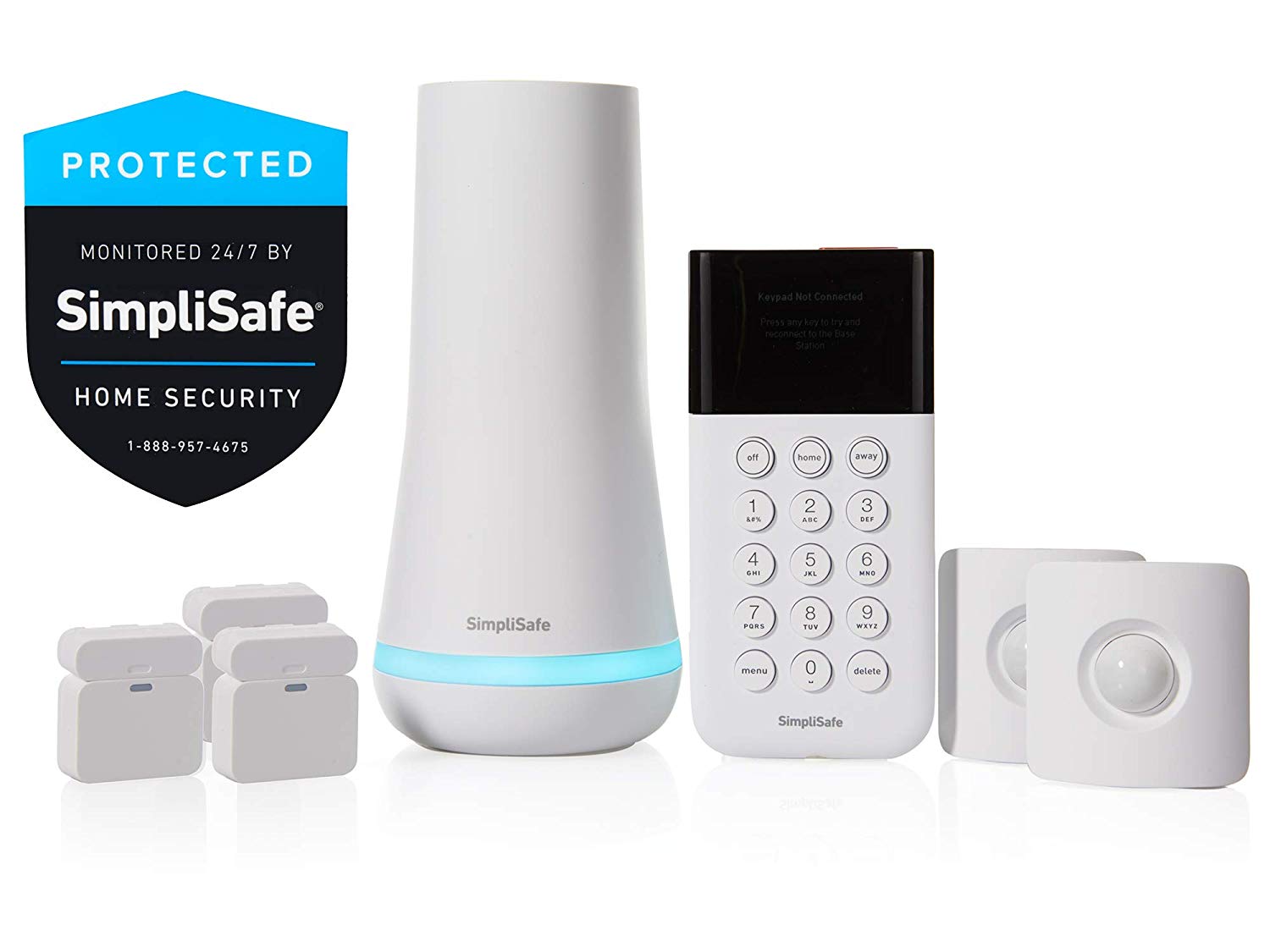
Scout security is a DIY security system that can provide professional monitoring. The contract is required. This is an important point to remember for anyone looking to protect their home. It is easy to set-up and offers 24 hour monitoring. Scout is a good choice if you don’t require professional monitoring.
scout security can be a DIY home security system
Scout is a DIY home security system that takes its cues from ADT-style home security. Scout hub comes with a camera (motion sensor), cellular backup, and live surveillance. The Scout hub is $129. Users can add any combination of sensors and accessories. The Scout hub plugs into an Ethernet cord and is very easy to put together. The system also includes a mobile app that allows for remote control. You can also set your own rules. Scout hub, for example, has pre-populated settings that you can use to set up Vacation, Away, or Home.
If you don't feel confident installing the system, you can hire someone to monitor it for $20 per calendar month. Other DIY security systems also offer this monitoring service at no cost. You can arm or disable the system from your smartphone. The mobile app allows you to manage home automation. You don't need to worry about safety in your home if the power goes out or you don’t have internet access.

It provides professional monitoring
You should consider professional monitoring services if your home is not secure. Scout security is a professional monitoring company that can keep your home and family secure from any unwanted visitors. It costs as low as $20 per monthly. In addition, you'll get 24/7 professional monitoring, 4G LTE back-up, and unlimited text message and phone call alerts.
Scout security is a unique home security system that does not have hidden fees or contracts. Unlike traditional monitoring services, Scout customers purchase all equipment outright and only pay a monthly monitoring fee. The security team can call the police and fire departments in an emergency.
The Scout alarm is available in two different colors and comes with a three-year warranty. It's a great DIY security system. If you want to monitor the system by yourself, it will cost you $9.99 a month. It is not required to sign a contract. The 60-day return policy covers it. You can cancel the subscription at any moment. You can also opt out of monitoring at any time. The system will continue to work later.
To use it, you will need a contract
Scout Security's Terms of Service (TOS), must be read before you can use them. These Terms constitute a legal contract between Scout and Scout. The TOS stipulates the conditions under which Scout will provide its services. Scout cannot provide any service to you if they do not follow them.

In addition, the TOS specifies that Scout will not be responsible for damages caused by the use of its products and services. Scout disclaims any implied warranty. This includes warranties of title and fitness for a particular purpose.
Scout has a number you can call to get answers to your questions. Scout will be happy to answer any questions you might have. At any time, you can request deletion of your Personal Data. In some cases, Scout may need to share Personal Data with third parties to provide its services.
FAQ
How do I choose between different types of home security systems?
You should consider what kind of threats are in your area. If there is a lot crime in your area, you may want an alarm to sound when someone enters your home. If you live in a rural area where there aren't many burglaries, then you may not need as much security.
It is also worth considering whether you are willing and able to pay more for certain features. Some systems have cameras built-in, others don't. Some systems allow you to remotely monitor your home, while others require that you be present to view the footage.
What is the easiest home security system to install
They don't even require installation. These are the best home security system. These are "plug-and-play" systems that work like magic. It is as simple as plugging them into the power socket and connecting them to the Internet using a wireless network router. Once you have connected everything, it will be possible to access it from anywhere on the planet.
What is the difference between surveillance and security cameras
Security cameras are used to protect, while surveillance cameras are used to monitor.
Both types have their strengths and weaknesses. The only thing that distinguishes them is the type and quality of images they produce. Surveillance cameras record video with slow motion so that you can view what's happening right now. On the other hand, security cameras only record video and still pictures, which is saved to review later.
What is the best wireless security system you can buy
D-Link Wireless Security System is the best wireless security system. It is also very affordable. All you need in one package. It includes a camera with motion sensor and a remote controller. All you need to do is plug it in and follow the simple instructions.
Statistics
- (In my experience, the discount on my home insurance covered about 25 percent of the subscription of an average plan, but your mileage may vary depending on your location and the size of your home.) (theverge.com)
- Depending on your insurance, 24/7 professional monitoring may qualify you for as much as 15% off your premium. (safewise.com)
- Most home security companies will charge you around 75% of the remaining term of your contract if you cancel early—and some require 100%.Related questionsWhat type of contract length can I expect from security providers?Home security system cancellation (safewise.com)
- That's probably why Cove has a whopping 98%* customer retention rate. (safewise.com)
External Links
How To
How to Install a Home Security System
A home security alarm is a device that monitors the property and alerts you in case of any suspicious activity. It could include a motion sensor or doorbell camera, smoke detectors, flood alarms, carbon monoxide detectors, burglar alarms, and flood alarms. A home security system is usually composed of one or several sensors (e.g. motion detectors), that send signals when there's movement or sound. The signals are then sent over to a control box where they are monitored and recorded. If there's something wrong, like someone breaking into your house, the control panel sends out an alert to your phone, tablet, computer, or voice assistant. You will be notified immediately and you can take immediate action.
First, you must choose the right type sensors for your home to install a home security system. There are two main types of sensors: passive and active. Passive sensors don’t require batteries. They only pick up sounds, vibrations and other signals from their environment. They include doorbells, sirens and buzzers. Active sensors use electricity to transmit data. This type of sensor can be found in cameras and motion sensors.
There are many different brands of sensors available today. Each brand has its pros and cons. Some sensors are waterproof, others are not. Some include built-in speakers to allow you hear them even when they are outside. Some only work indoors. Some of these are very basic, while others have advanced features such night vision.
After deciding on the best type of sensors for your property, you'll want to choose a manufacturer. This will help you ensure your sensors work well together. The hardware store should offer many choices.
Once you have decided on a brand to use, it is time to decide on how many you want. Depending upon whether they live alone or in a group, most people begin with one or two sensors. If you have plans to purchase additional sensors in the future, it might be worth buying more than you currently need.
Next, determine where you want your sensors to be placed. Are they near windows or doors? Do you prefer to keep them away? Before you place them on your property, make sure that you have permission. Also, make sure they won't interfere with anything else, like electrical outlets.
Once you have determined where your sensors should be placed, you will need to find a way to connect them with your control panel. Depending on your setup, you may need to purchase a power adapter or battery pack. Once everything is in place, you can start to monitor your property.